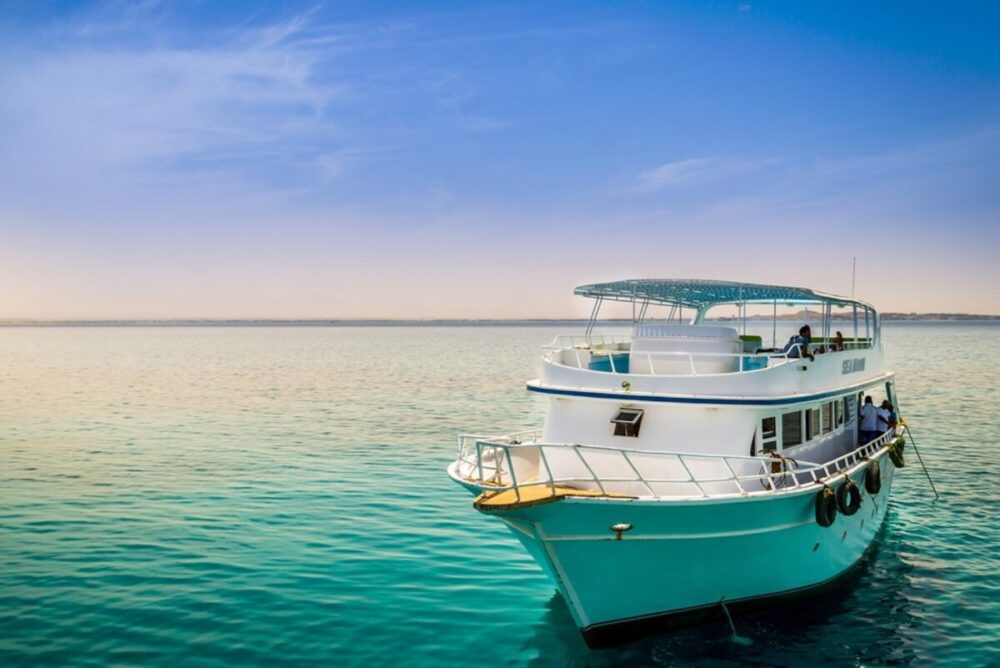Deep-sea fishing can be defined as catching fish that dwell in the deeper parts of the ocean. Typically, the fishing area waters have to be at least 100 feet deep for the activity to be considered deep sea fishing. This activity usually takes place far away from the coast, so a boat is a prerequisite.
The main difference between regular lake or near-shore fishing and deep-sea fishing is the type of fish you will catch and, to some extent, the ease at which you will do it. For sport fishing buffs, the deep sea fishing experience is certainly different, so don’t shy away from trying it out.
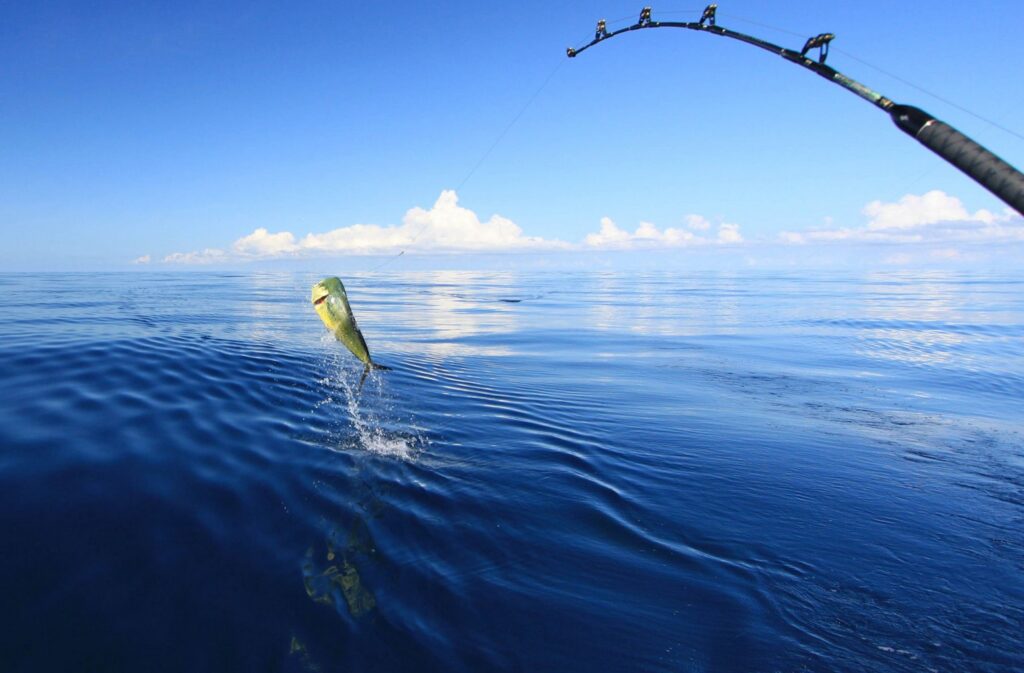
How to prep for deep-sea fishing
When setting out for a deep-sea fishing run, ensure you are braced to spend your day in the waters away from the shore. The activity is almost always fun for experienced anglers because they know what they need to make their trip a success. If you’re new to this, you don’t have to learn all on your own; here are six things to include in your checklist:
- A fishing boat: Whether you have your own boat or you are going to rent one, ensure it is a vessel specifically designed for fishing. Your boat should have navigational equipment, trolling motor, outboard motor, liver bait tank, safety equipment, etc. You should also consider obtaining a T-top for your boat if you are going to fish under the hot summer sun. Companies such as Stryker T-Tops provide dozens of T-top options for the many different boat types and preferences.
- Clothing: The weather on the sea is highly unpredictable, meaning the sunlight you woke up to may not shine all through the day. Buckle up for sudden weather changes by packing light clothing, windbreaker, rain gear, polarized glasses, and a hat.
- Sunscreen: Even when it’s cloudy, you can develop sunburns if you spend too much time in the sun. Sunscreen is a prerequisite if you want to come out of the sea looking the same as when you went in. A good sunscreen product should protect against UVA and UVB and have a Sun Protection Factor (SPF) of 30 or more.
- Food: To be productive, you’ve got to eat, and under the scorching sun, you have to ensure you curb dehydration. Consider bringing sandwiches, beverages, and easy-to-eat snacks such as chips and granola. Your water should be in a thermos if you want it to remain cool for a long time.
- First aid kit: Anything can happen in the sea, and since you will most likely be alone in the middle of nowhere, carrying a well-equipped first aid kit shouldn’t be too much to ask. Pack your little box with motion sickness medication, a bottle of hand sanitizer, and Band-Aids.
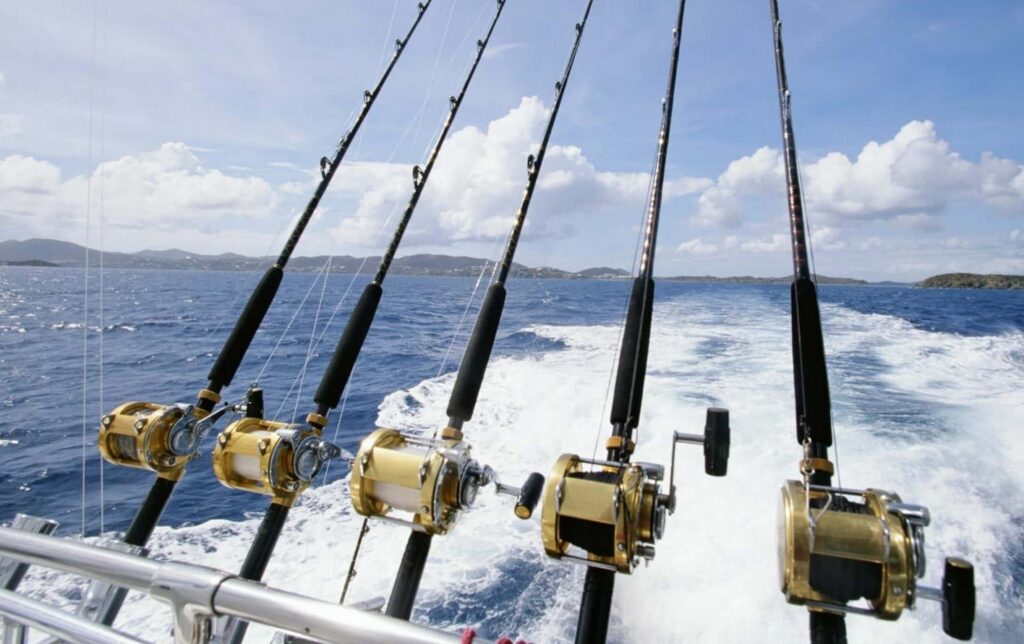
The various types of deep-sea fishing
There are many ways to catch a fish in the deep ocean waters. The suitable method for you depends on the type of fish you are targeting, their feeding habits, and the time of the day.
Common deep-sea fishing methods include:
- Chunking or chumming
- Popping
- Trolling
- Jigging
Trolling is arguably the most recommendable way of fishing for billfish, marlin, wahoo, tuna, and even mahi-mahi. Depending on the fish you want to catch, you may need to keep your boat at a speed of between five and eight knots. The rule of the thumb is that the deeper you set your bait, the slower you need to troll.
Trolling makes use of different kinds of baits and lures, so don’t worry about having to acquire special equipment. However, it is advisable that you have a variety of options, especially if you are still trying to get the hang of deep-sea fishing.
Chumming, or chunking, is suitable if you want to bring the fish near the vessel. It works best with tuna, dolphin, wahoo, and shark.
Popping is excellent for any kind of offshore fishing. It is a method that may seem limiting, but anglers with high-end equipment have been shown to reel all kinds and sizes of fish.
Jigging is a pretty effective way to lure massive fish to the water surface. It typically involves sailing the boat over a sea ridge or mount or an underwater canyon. The anglers will then drop the lures and jig to invite the bites. The easiest place to attract bites with a jig is at a bait school, so take the time to research places where you can find plenty of bait.
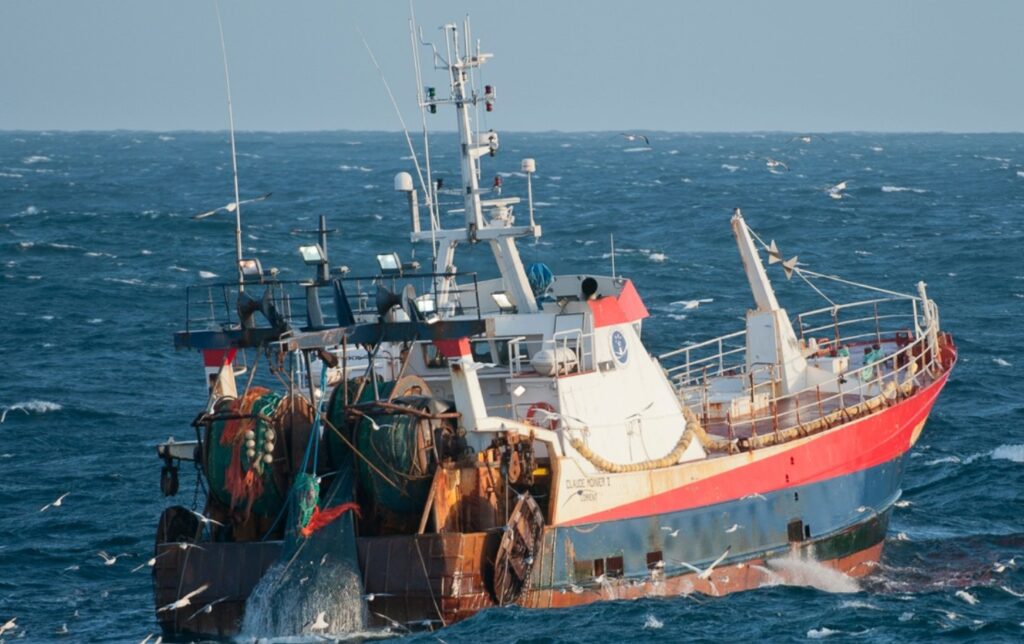
What to expect
Pursuing giant fish is fun, but it can be draining. The first step after you acquire all the necessary equipment is to locate the fish. Use your intuition and fishfinder to test out different potential spots. If there are birds hovering above specific areas, chances are you will catch fish there. Reefs have also been shown to harbor larger fish, so head near them.
Once you have found a location, patience is key. Good bites don’t come on a silver platter. You may have to wait for hours, and that’s without mentioning the time-consuming process of reeling in larger fish. You need to wait until the fish is tired and swimming in mild circles to pull it close. And the battle doesn’t end when you bring them on board. These fish are way stronger than you think, and careful handling is needed to ensure they don’t find their way back into the water. If you catch a shark, handle it with extreme caution as you can easily get bitten.
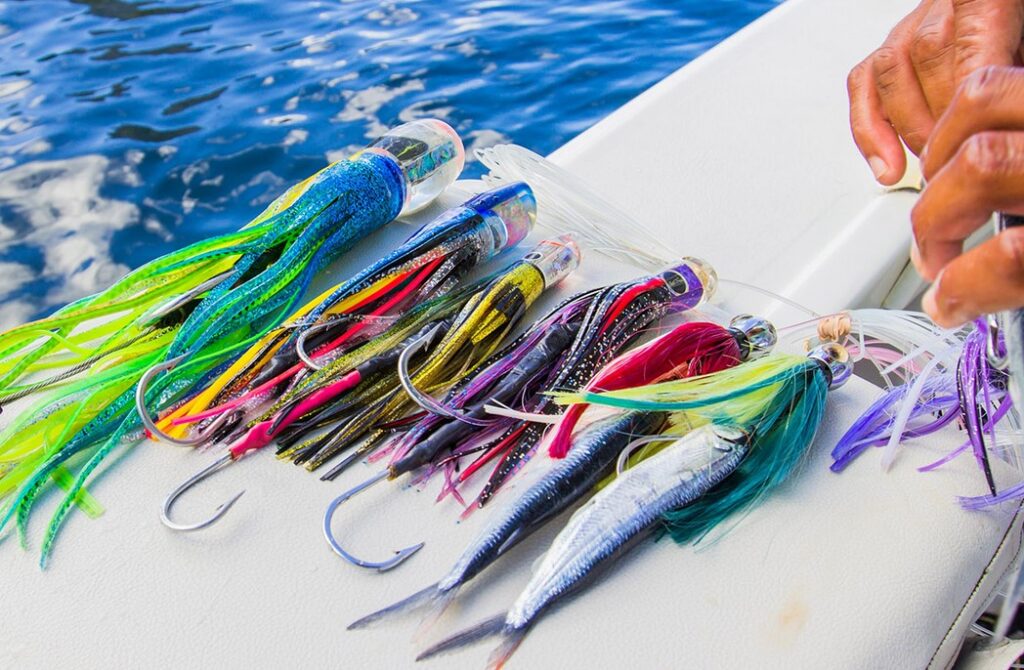
Conclusion
The fun of deep-sea fishing lies in all the work you need to make a catch. The success of your fishing trip is dictated by your mental preparedness, experience, equipment, and whether or not you had a sufficient sleep the night before, so don’t worry if you are not that productive on your maiden trip. Hopefully, this guide gives you useful insights into deep-sea fishing and makes the experience seamless for you.

